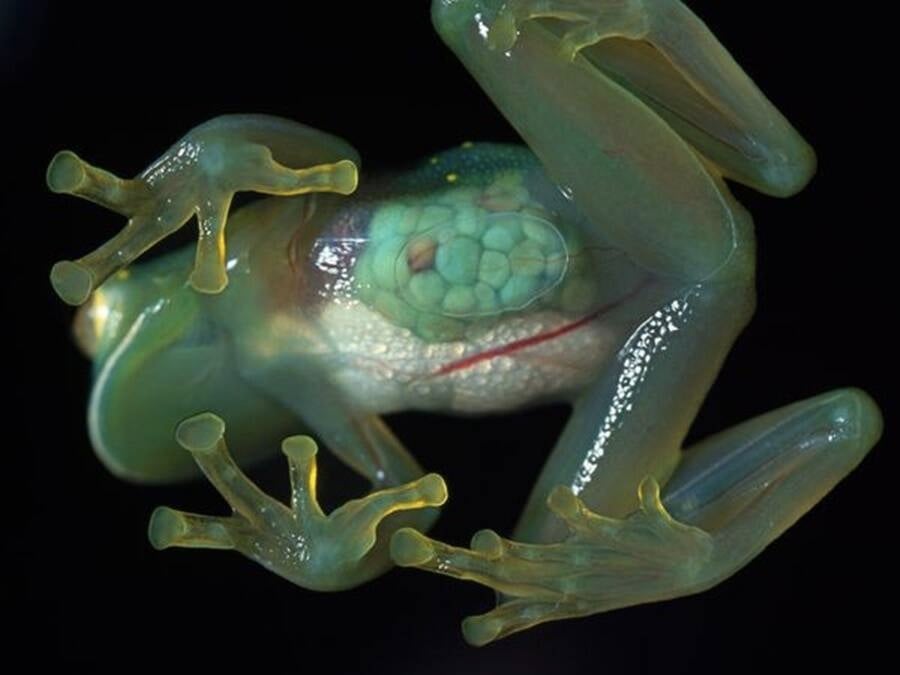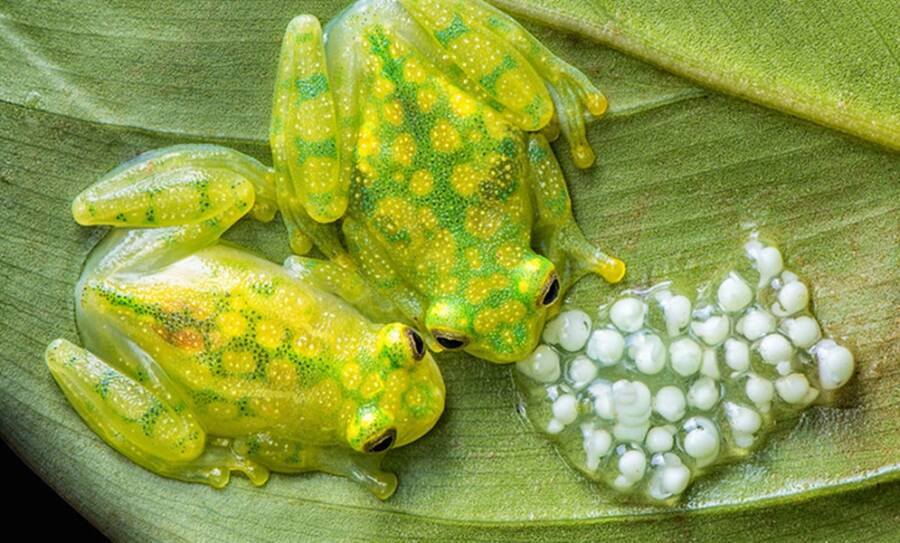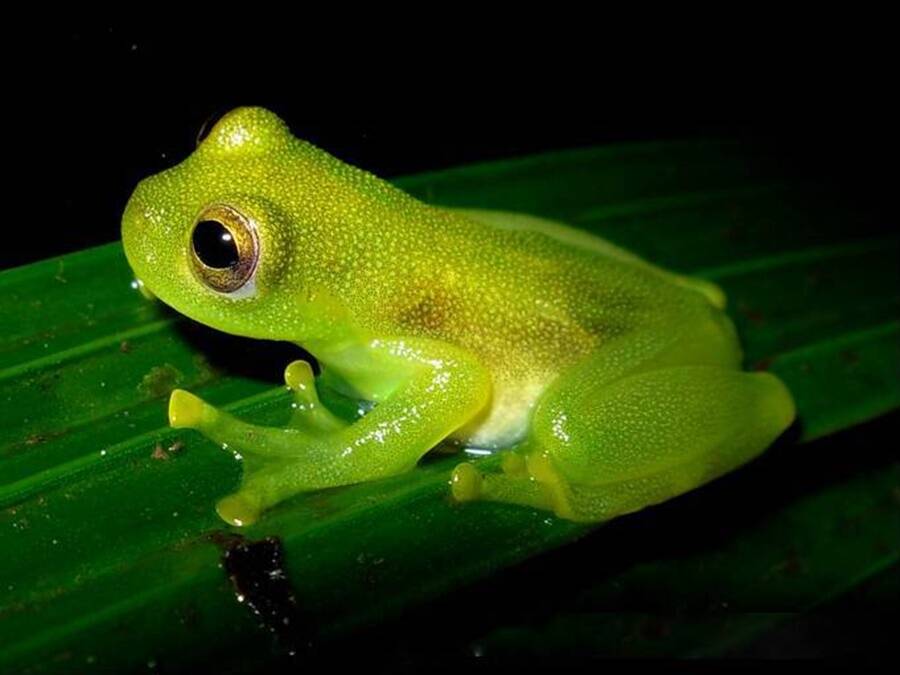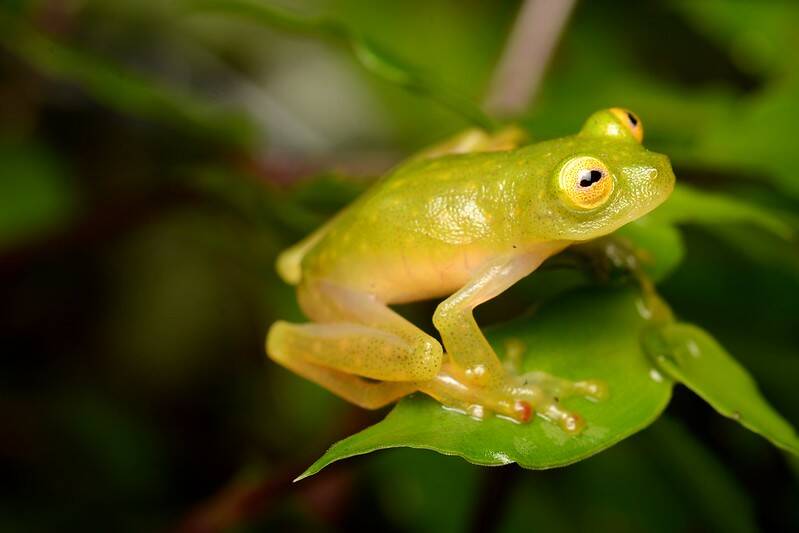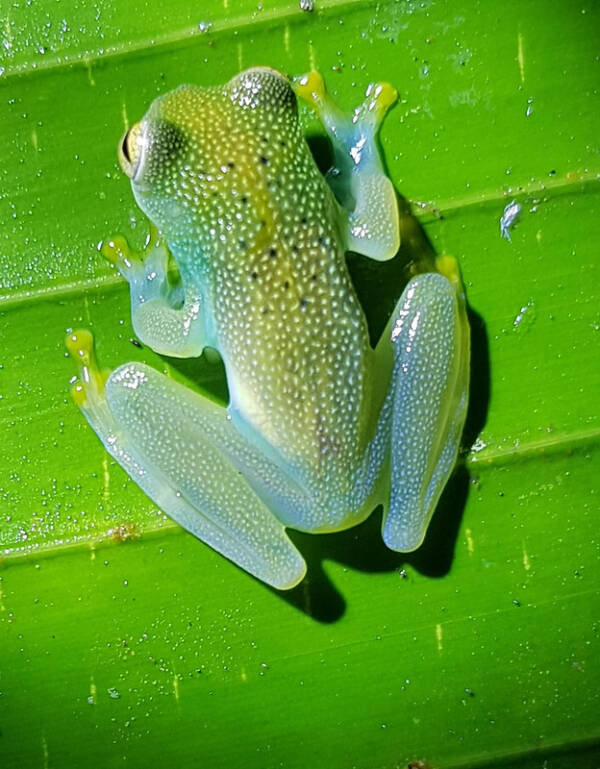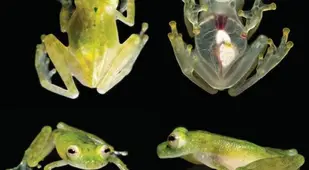Discover the strangest creatures on Earth today, from a 100-million-year-old living fossil to a transparent frog.
Our world boasts an incredible range of biodiversity, which includes 900 thousand species of insects, over 5,500 species of mammals, at least 10,000 species of reptiles, and so much more. Naturally, there are some truly weird animals among these groups.
Take the Chinese water deer, for example. This small creature looks like an ordinary doe — except for the pair of fangs that jut out from the edges of its mouth. These strange animals have been aptly nicknamed vampire deer, but even they appear somewhat mundane when compared to the glass frog of Central and South America, an especially odd animal that has skin so translucent its internal organs are entirely visible.
And there’s no shortage of strange animals in the sea either. Among them is the giant isopod, a gargantuan crustacean with alien-like antennae that swims 8,500 feet below the surface.
Indeed, our planet is full of strange creatures, but these 11 are by far the weirdest animals in the world.
Glass Frogs, The Weird Animal That’s Completely See-Through
Glass frogs may look like totally ordinary amphibians at a glance, but a closer look reveals that these strange creatures have a feature that earns them a top spot among the weirdest animals in the world: transparent skin.
Glass frogs are known for their almost glass-like skin which reveals their internal organs. Peaking at a glass frog from below will give you a full view of their lungs, intestines, and in some species, even their tiny beating heart.
These weird animals originate from the amphibian family Centrolenidae, and there are 150 known species of glass frogs to date. They're mostly found in the rainforests of Central and South America, specifically around Colombia, Ecuador, Costa Rica, and Panama.
These unusual creatures are most active at night and prey on different bugs and various species of spiders. When it comes time for breeding, the female glass frog lays her eggs, the group of which are known as a clutch, on the surface of a leaf by way of a jelly-like substance that she produces. The jelly material not only keeps the eggs safely attached to the plant, but it also protects them from predators.
Meanwhile, male glass frogs are very territorial. Before their eggs hatch, the male glass frog will stand guard to keep its clutch safe from potential predators like wasps. When threatened, the male will kick out his long legs to deter intruders.
Indeed, glass frogs may appear small in stature — measuring anywhere between three-quarters of an inch up to one and a half inches in length — but they possess some larger-than-life defensive abilities. Scientists believe that the glass frog's translucent skin is actually one such mechanism.
A 2020 study revealed that their unique skin acts as a natural method of camouflage by disrupting visible color patterns seen by predators, a technique dubbed by scientists as "edge diffusion." Because the glass frog's legs are more translucent than its body, this helps diffuse the colors of its silhouette and distort its shape.
As James Barnett, a frog researcher and lead author of the study said, "By having translucent legs and resting with the legs surrounding the body, the frog's edge, where it meets the leaf, is transformed into a softer, less contrasting gradient, blending the frog and leaf together more smoothly."
And with this vanishing act, the glass frog ranks among the weirdest animals in the world.



